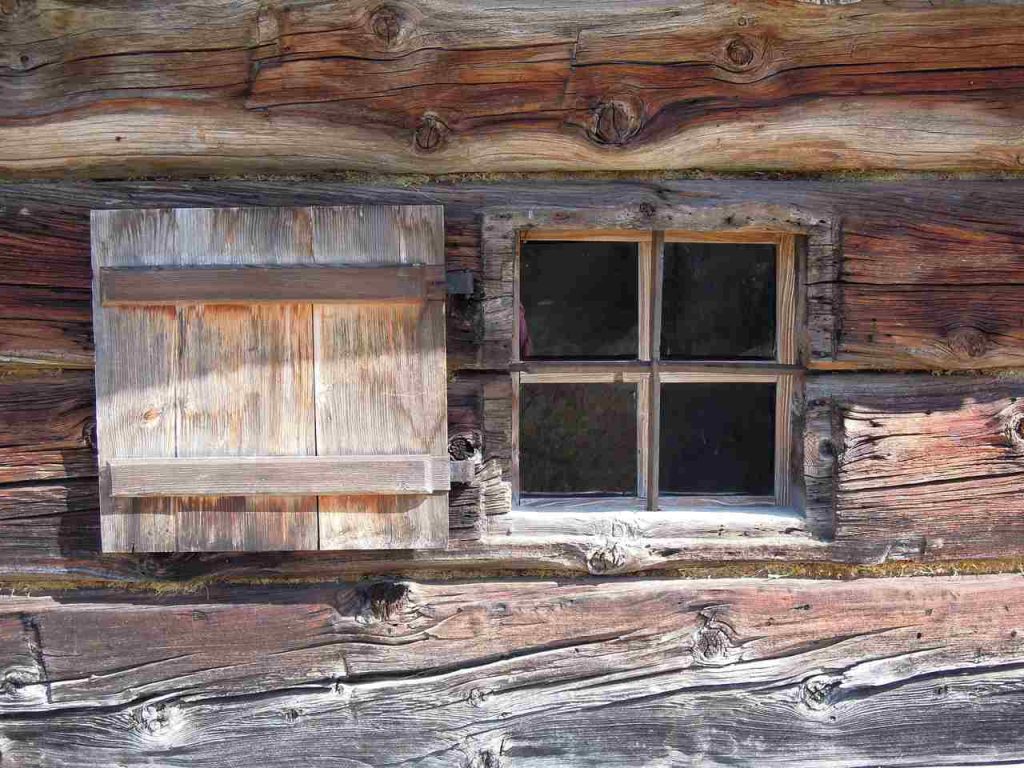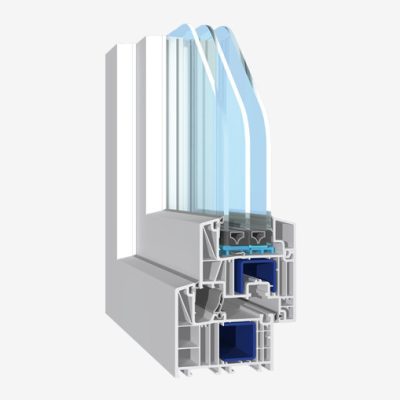
The two most common materials used for window frames are wood and plastic. They have their pros and cons, and in order to choose the right one for your needs, you should analyse all the pros and cons – the choice is not always obvious, but let’s try to explain the characteristics of both products to make it easier.
Wood types for wooden windows
Wooden windows are still the most luxurious. Durable, unique in appearance and made with attention to detail, they will work in all interiors, emphasising their character and providing an unusual finish to the rooms. The main trees used to make them are:
- Larch – relatively expensive due to the low supply of wood. Very resistant to weather conditions.
- Oak – the most expensive, but also very durable and resistant to moisture.
- Spruce – low price, low durability and difficult to process, low moisture resistance.
- Pine – the most popular in Poland, easy to impregnate and paint. Durable, although slightly less than larch or oak. Low price.
Wooden windows go perfectly with wooden building finishes, parquet or wooden furniture. They are extremely rigid, do not warp and are ideal for large glazed areas. They have a low heat transfer coefficient and excellent sound insulation, and they are also easy to repair. It is also easy to install a burglar alarm system in them.
Wood looks amazing when there is a fireplace inside the room. They are irreplaceable during the construction of a wooden house, where plastic “bites” hard. They are still a high-end product due to the very high cost of acquisition and restrictions on deforestation.
Plastic windows can be found practically everywhere due to their high availability, many designs, colours and sizes, but also their affordable price. They are popular, proven, require no additional maintenance or protection when plastering the walls of a building, for example. They are very resistant to moisture and other weather conditions. They often come in different veneer patterns. Additionally, they can have an aluminium overlay that protects against yellowing and sunlight. To prevent bending during installation, a 1.5 cm gap should be left between the window and the wall. If damaged, they cannot be repaired.
Plastic and wooden windows are considered in terms of environmental friendliness, and in this case, wood wins because it is recyclable and biodegradable. It regulates the flow of moisture in the room. Plastic, due to the artificial way in which it is obtained, does not have these advantages.
Which windows should I choose?
Depending on finances or personal needs, manufacturers offer customers many interesting solutions, window shapes and various other features. When considering wooden or plastic windows, it is worth considering whether an expensive one-off investment would not be more sustainable and appropriate than replacing the windows after a few years. Wooden windows were and still are the number one choice in terms of durability and insulation, and they definitely look much better than their plastic counterparts. Plastic, on the other hand, is still a cheap, low-maintenance alternative that does not require constant upkeep to maintain its advantages. But here, common sense comes into play: do the windows need to last longer? If the answer is yes, wood is the winner, as it can last up to 150 years with proper care. If not, plastic is perfectly adequate and will do the job.
Read also:



